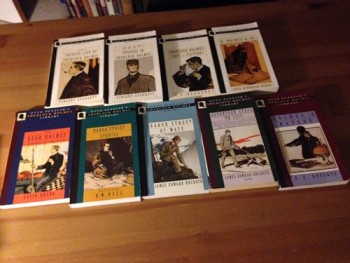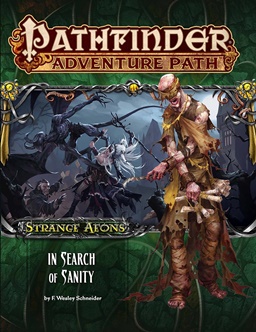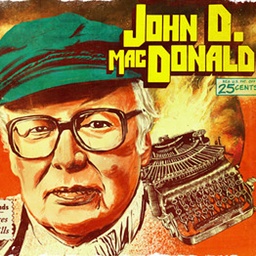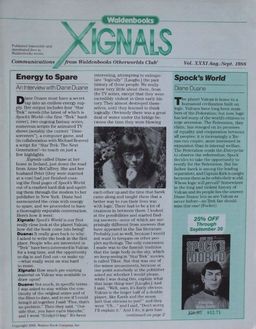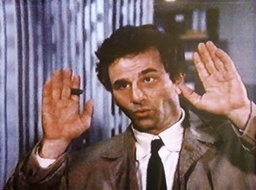The Public Life of Sherlock Holmes: Holmes & Watson (more from Otto Penzler’s SH Library)
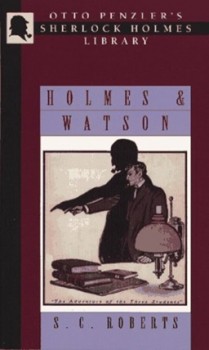 (Third in a series of posts about the nine-volume Otto Penzler’s Sherlock Holmes Library)
(Third in a series of posts about the nine-volume Otto Penzler’s Sherlock Holmes Library)
So, I’ve done a post on Vincent Starrett’s two books in Otto Penzler’s Sherlock Holmes Library. And a second post looked at the two books from James Edward Holroyd. So, that covers four of the nine tiles in this series. As I wrote in the Starrett post:
“Bear in mind, every bit of anything you ever wanted to know wasn’t available on the internet back when Penzler republished these books. Heck, the Baker Street Journal wasn’t even available as a collection on CD yet. This collection of Sherlockiana was uncommon for the time.”
Sir Sidney Castle Roberts’ Holmes & Watson first saw the light of day in1953. He had already been Secretary of Cambridge University Press, Vice Chancellor of the University of Cambridge by that time and was at the time Master of Pembroke College, Cambridge, Chairman of the British Film Industry (BFI) and President of The Sherlock Holmes Society of London. Add in the many books he had authored and it is a pretty impressive resume.
Roberts opens the book with a long chapter featuring several Holmesian themes: his creation, his life, his temperament, his attitude to women, his music and his kinship with Doctor Johnson. There are far more through pieces of Sherlockiana out there on these topics, as well as full-blown biographies and memoirs of Sherlock Holmes. But this slender volume offers an enjoyable look at each of the topics.

